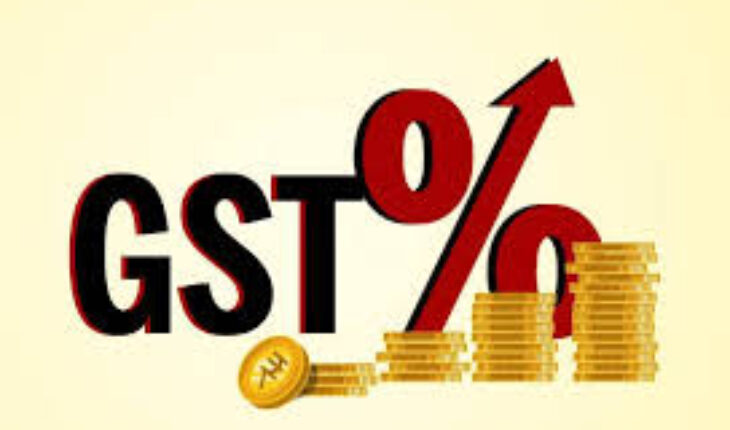For a government that has been scrambling to halt the economy’s recessionary decline, the GST collections in the last month of 2020, of over Rs1.15 lakh crore, is a positive development. With revenue receipts at just 40% of the Budget target in the first eight months of 2020-21, the government would hope that December’s indirect tax inflow, the highest since the indirect tax regime’s launch in July 2017, shall sustain over the last quarter of the year. GST inflows have now stayed above Rs1-lakh crore for three months in a row, averaging Rs1.05-lakh crore through October and November, before the December spike. After two quarters of a sharp shrinkage in the economy following the COVID-19 lockdown last March, this also infuses hope that the third quarter might see India’s headline growth rate resurfacing from subterranean depths. The Finance Ministry has stressed that the 12% year-on-year buoyancy in GST’s December kitty, the highest growth rate recorded in 21 months, reflects ‘rapid post-pandemic economic recovery’, bolstered by improvements in compliance following a recent crackdown on indirect tax evaders. With December recording a 7.6% surge in imports, growing for the first time since February 2020, GST on imports should rise further in the coming month. However, pain points persist and some key niggling issues seem to be aggravating further. Core sectors recorded yet another contraction in November, with cement and steel slipping back after a minor uptick. New investments in October-December 2020 quarter declined a whopping 88% from a year ago, as per the Centre for Monitoring Indian Economy. Employment levels declined significantly in October, followed by almost 35 lakh job losses in November and continue to deteriorate through December, CMIE reckons. The Centre needs to address all these challenges as early as possible.
Is increased GST inflow enough to halt recession?
|
January 14, 2021 |






